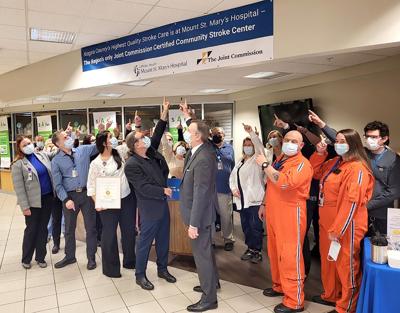Stroke is a neurocardiovascular disease with two major types of ischemic and haemorrhagic stroke1. It is a universal public health issue2 and carries significant economic burden to the society in terms of post-stroke care for the survivors3.
Traditionally, stroke survivors have been the older adults who were
substantially impaired and were in need of continuous rehabilitation
treatments. The past two decades have witnessed a changing landscape of
stroke in that stroke survivors are becoming younger, more physically
active, and suffer from neurologically milder impairments4.
Although these younger stroke survivors likely suffer less severe
neurological impairments in domains of quality of life such as motor,
speech, and mobility, the occurrence of neuropsychiatric symptoms is
common among them5. Around one-third of stroke survivors suffer from persistent deficits in engagement, autonomy, and fulfilling societal roles6.
The
younger stroke survivors often have a chronic stroke recovery process
from regaining independent living to returning to work and establishing
self-management7.
Their health-related quality of life is likely adversely impacted by
the associated stroke deficits during the recovery process8 and returning to pre-stroke functional and work status involves substantial changes to roles and social relationships9. The associated psychosocial risk factors, such as fear and uncertainty, could predispose them to emotional distress10,11. A review study12
found psychosocial factors to be associated with increased risks of
stroke and transient ischemic attack in populations of all ages. It is
therefore essential to have a valid and reliable stroke-specific tool
for a comprehensive assessment of the quality of life in physical and
psychosocial domains.
The 49-item Stroke-Specific Quality of Life (SSQOL) Scale was developed by Williams et al.13 and has been validated in various samples of stroke survivors14,15.
Since the administration of the 49-item scale is cumbersome for stroke
survivors in clinical settings, a 12-item brief version (SSQOL-12) was
developed by selecting the item with the strongest item-total
correlation from each of the 12 domains16. Compared to the common Short Form 12-item (SF-12) Health Survey17,
the SSQOL-12 includes a holistic assessment of the functioning of
stroke survivors in domains such as cognition, mobility, language, and
vision that are prognostic factors of successful stroke rehabilitation18,19,20. The Chinese version of the SSQOL-12 was derived from 186 haemorrhagic stroke survivors in Hong Kong21. Despite the satisfactory internal consistency, criterion validity, and convergent validity for the SSQOL-1222,23,24, there was less support for its construct validity.
First, the scale development studies16,21 did not empirically test the factor structure. Although subsequent studies14,15
suggested a two-factor (physical and psychosocial) structure on the
SSQOL-12, these studies are subject to methodological issues such as
using principal component analysis and orthogonal varimax rotation25. These obsolete analytic methods could lead to an incorrect number of factors with distorted factor structures26,27. Second, a psychometric study28 obtained a mediocre fit for the 2-factor model for Wong’s SSQOL-12 version. As shown in Table 1,
9 out of the 12 items displayed ceiling effects with at least
one-fourth of the respondents endorsing the highest response. Despite
the considerable degree of deviation from the normality assumption, the
authors treated the items as skewed continuous variables using the
robust maximum likelihood estimator. This practice did not account for
the items’ asymmetrical distributions and could yield incorrect results29. The factor structure of the SSQOL-12 should be examined using categorical methods on ordinal items.
More at link.














